Pablo Picasso - Two Nudes
Original Linocut 1962, Cercle d'Art
Pablo Picasso experimented with linoleum cuts by gouging a sheet of aluminum fused to a wood block. This technique of cutting out images became efficient as compared to wood block cutting. The images produced were bold, simple, and a predecessor to Cubism in form and composition.
Two female nudes in front of each other
Pablo Picasso (1881–1973) is the most influential and celebrated European artist of the 20th century and the graphic arts played a hugely important part in his output.
He began by producing linocut posters for ceramic exhibitions and bullfighting events in Vallauris with the talented local printer Within a very short time Picasso was finding new ways of producing color linocuts which dispensed with the orthodox method of cutting a separate block of linoleum for each color. Instead Picasso, impatient to see the results, devised a method of progressively cutting and printing from a single block that required him to foresee the final result, as once he had gouged away the linoleum surface he could not go back.
These sets of linocuts highlight Picasso’s astonishing technical innovation and creativity.
Picasso was a Spanish painter, sculptor, printmaker, ceramicist, and stage designer who spent most of his adult life in France. One of the greatest and most influential artists of the 20th century, he is widely known for co-founding the Cubist movement, the invention of constructed sculpture, the co-invention of collage, and for the wide variety of styles that he helped develop and explore.
Pablo Picasso was born on October 25, 1881, in Málaga, Spain. The son of an academic painter, José Ruiz Blanco, he began to draw at an early age. In 1895, the Picasso family moved to Barcelona. It was there that Pablo studied at La Lonja, the local academy of fine arts. His association with the patrons of the café Els Quatre Gats in the late 1890s was crucial to his early artistic development in that the café was a nexus of social life among artists, authors, musicians, and the like, as well as the site of several music performances and tertulias (‘literary gatherings’).
Picasso’s visual style and choice of subject matter developed dramatically over a short period of time. The time between 1901 and 1904 has come be known as his ‘Blue Period,’ 1905 his ‘Rose Period,’ from 1908 to 1911 his Analytic Cubist phase, and from 1912 forward his Synthetic Cubist phase. The Blue Period is named for Picasso’s color palette at the time, and is distinguished by its subject matter: vagrants, outcasts, prostitutes, and otherwise marginalized people. The Rose Period marked a brightening of Picasso’s palette: pinks, beiges, roses, and light blues. His choice of subject matter followed suit: clowns, harlequins, and saltimbanques (‘circus people
The artwork comes with certificate of authenticity issued by gallery.
38 x 32 cm
In excellent condition



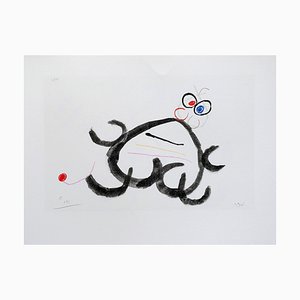
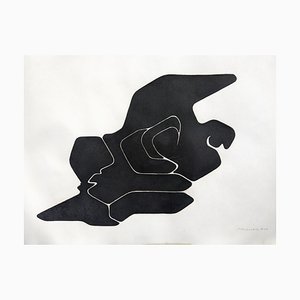
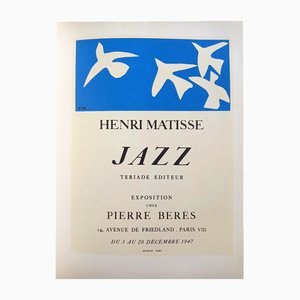
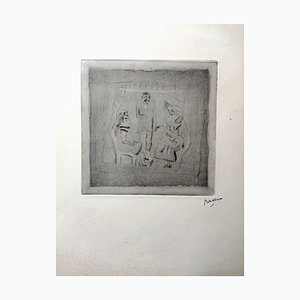
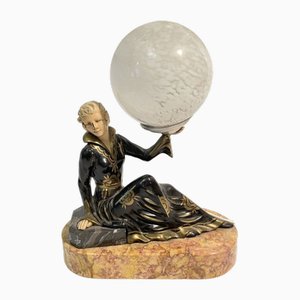
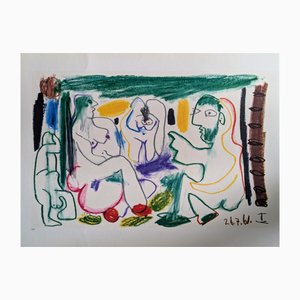
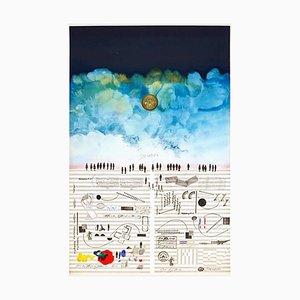
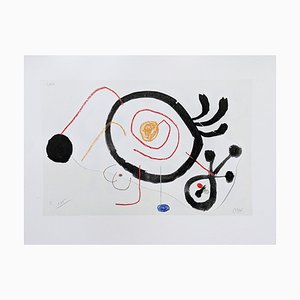
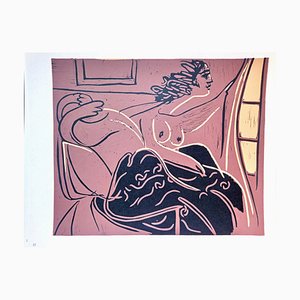
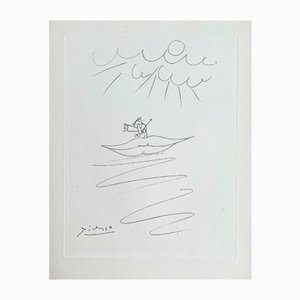


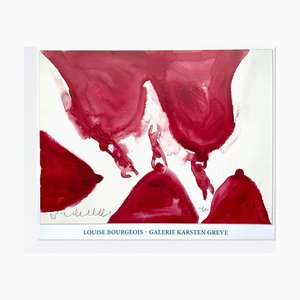
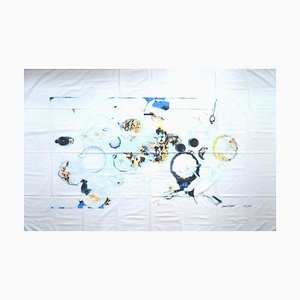

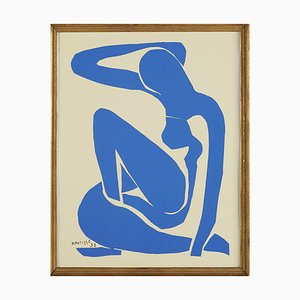
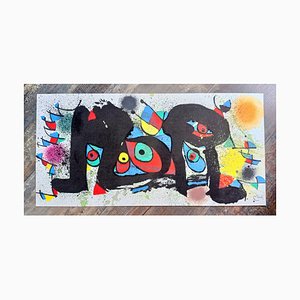
Get in Touch
Make An Offer
We noticed you are new to Pamono!
Please accept the Terms & Conditions and Privacy Policy
Get in Touch
Make An Offer
Almost There!
To follow your conversation on the platform, please complete the registration. To proceed with your offer on the platform, please complete the registration.Successful
Thanks for your inquiry, someone from our team will be in touch shortly
If you are a Design Professional, please apply here to get the benefits of the Pamono Trade Program